Car window issues can arise unexpectedly, and they are often an inconvenience that requires immediate attention. Whether it’s a small chip in the windshield or a shattered side window, understanding the costs associated with car window repair and the insurance coverage options available to you is essential. This guide will delve into the factors affecting repair costs, insurance implications, and tips for navigating the process efficiently.
Common Types of Car Window Damage
Windshield Damage
Windshields can sustain various types of damage, from small chips to large cracks. Small chips often result from flying debris, such as stones and gravel, or from sudden temperature changes. These types of damages typically do not compromise the structural integrity of the windshield if caught early. If a chip is smaller than a quarter, it can often be repaired without needing a full windshield replacement.
Cracks, on the other hand, can pose more significant safety concerns. They can threaten the structural integrity of the vehicle, making it unsafe during an accident. Indeed, cracks that extend across the windshield may require a full replacement. Driving with a cracked windshield can also lead to further damage, as the crack can expand over time, especially in extreme weather.
Side Window Damage
Side windows can also suffer from damage, often resulting from break-ins, accidents, or impacts from objects. Unlike windshields, side windows are usually made of tempered glass, designed to shatter into small pieces when broken. This design prevents large, dangerous shards from injuring anyone inside the car. However, a shattered side window requires immediate attention, as it exposes the vehicle interior to the elements and potential theft.
Even minor issues, such as scratches or chips in the side windows, may impair visibility. These issues should not be overlooked, as they can lead to dangerous conditions while driving. Ultimately, addressing side window damage quickly will enhance vehicle safety.
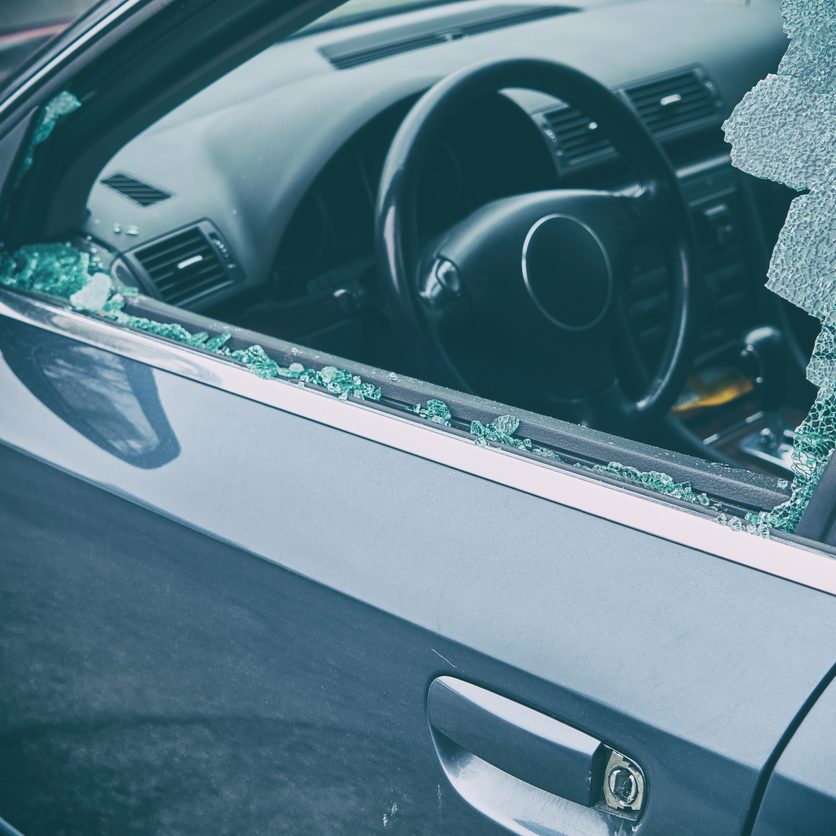
Costs of Car Window Repair
Analyzing Repair Costs
The costs associated with car window repair vary greatly depending on several factors. For minor chips, the cost of repair may start as low as 50to150. Repairing a small chip is often straightforward and can typically be completed within an hour. This cost often includes materials and labor.
For larger cracks or full windshield replacements, costs can rise significantly. Replacing a windshield usually ranges between 200to1,000 depending on the make and model of the vehicle, the type of glass used, and labor costs. Luxury cars or vehicles with advanced safety features can lead to higher costs due to special glass and installation requirements.
Evaluating Side Window Repair Costs
Side window repairs also vary in price, typically ranging from 200to500 based on the window size and complexity of the installation. Larger windows, such as those in SUVs or trucks, will generally cost more to replace. It’s crucial to obtain estimates from multiple repair shops and ensure they include all associated costs.
Ultimately, the specific repair needed, type of glass used, and the mechanic’s labor rates will factor into the total costs of car window repair. Understanding these distinctions will help you make better financial decisions regarding repairs.
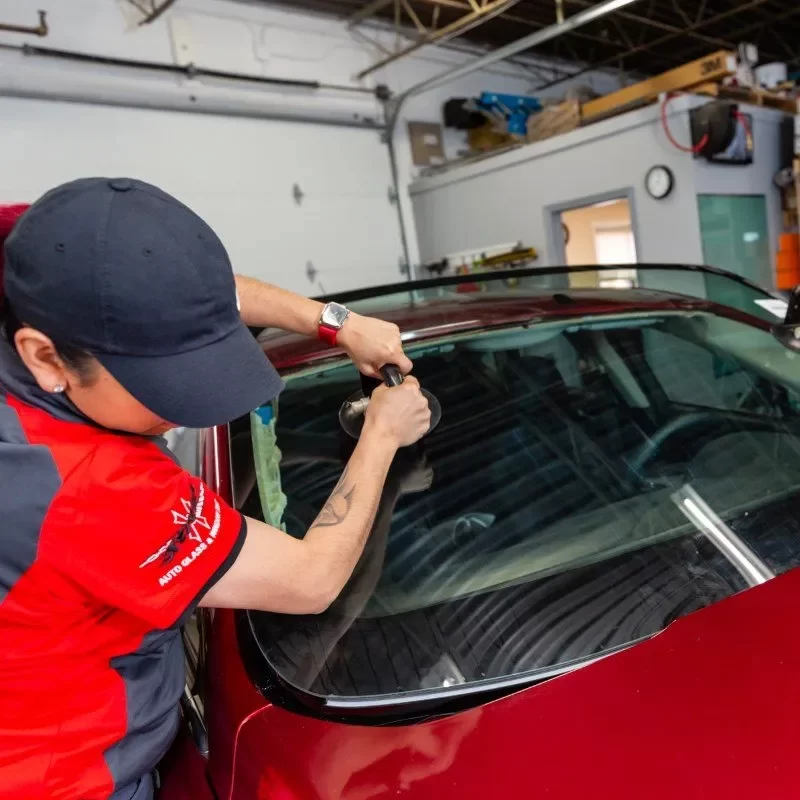
Insurance Coverage for Window Repairs
Understanding Your Policy
When dealing with car window repair, it is crucial to understand your auto insurance policy. Different types of coverage can affect whether your repair costs are covered and how much you will pay out of pocket. Most commonly, comprehensive insurance coverage will handle glass repairs and replacements. This type of coverage protects against non-collision-related damages, such as theft, vandalism, and natural disasters.
However, not all policies are the same. Some may have a deductible that applies to glass repairs. If your policy has a high deductible, it may be worth paying for the repairs out of pocket instead of filing a claim. Understanding your specific policy details will allow you to make informed decisions.
Filing a Claim
If you decide to file a claim for window repairs, it’s necessary to gather relevant information before contacting your insurance company. Take pictures of the damage, note when and how it occurred, and keep records of any previous work done on the glass. These records can help support your claim and facilitate the process.
It’s also beneficial to consult your insurance agent to understand the specifics of submitting a claim for window repair. They can provide clarity on coverage limits, potential premium increases, and ways to minimize out-of-pocket costs. Having a clear understanding of the process will help reduce confusion down the road.
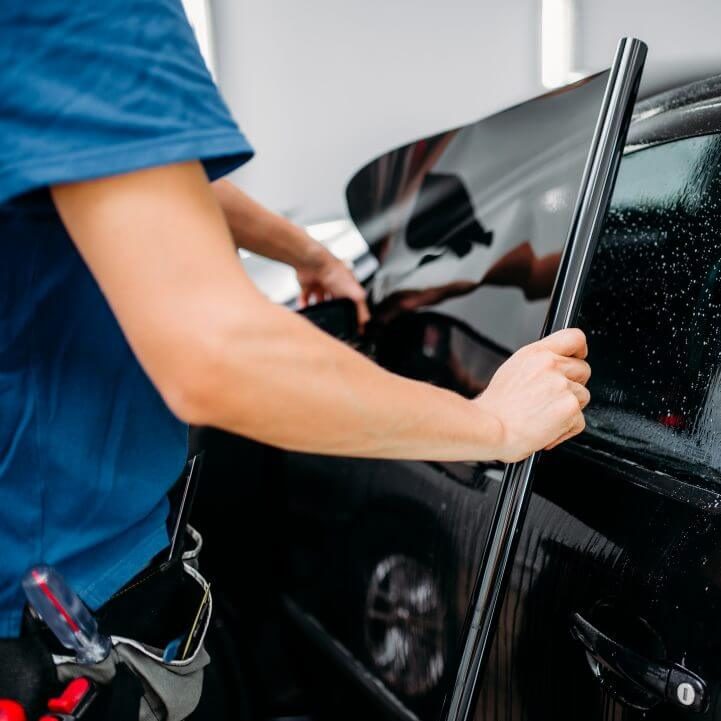
Choosing a Repair Provider
Researching Local Repair Shops
Once you’ve assessed the damage and considered insurance options, the next step is to choose a repair provider. Start by researching local auto glass repair shops. Online reviews and ratings can provide insight into customer experiences. Look for shops that specialize in glass repairs and have a solid reputation for quality service.
It may also be helpful to ask for recommendations from friends or family members who have faced similar issues. Getting personal referrals can lead you to trustworthy mechanics who have proven their reliability in the past. Prioritize shops that offer warranties on their work, as this demonstrates confidence in the quality of their services.
Evaluating Mobile Repair Services
With advances in technology, many auto glass repair services offer mobile options. This can be a convenient way to fix your car window without needing to visit the shop. Mobile services often come at no extra charge, making them an appealing option for busy individuals.
When evaluating mobile repair services, check their qualifications and insurance coverage to ensure they comply with industry standards and local regulations. As with traditional repair shops, look for customer reviews and ratings to confirm their reliability and quality.
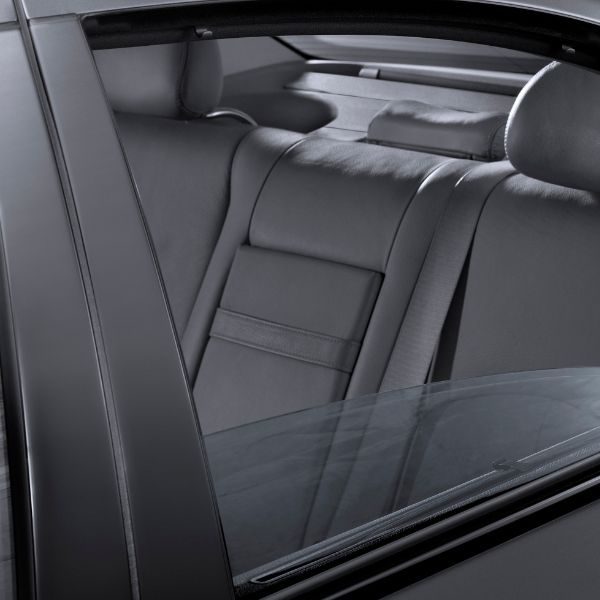
DIY Car Window Repairs
When DIY Repairs Are Appropriate
For minor chips, DIY repairs may be a viable option if you are comfortable with simple tasks. Many auto parts stores sell repair kits that contain a resin formula and all necessary tools. These kits typically come with easy-to-follow instructions, making it possible for consumers to handle simple repairs on their own.
Completing a DIY repair can save money and time, especially for small chips that are repaired quickly. However, it’s important to note that DIY repairs work best for minor issues. If damage extends beyond small chips or cracks, it is advisable to seek professional assistance to ensure safety and quality.
Potential Risks of DIY Repairs
While DIY repairs can be tempting, they may pose risks. Improperly executed repairs can exacerbate the damage, leading to further complications. For instance, if a chip is not filled correctly, moisture can enter the repair site and lead to significant cracking over time. Additionally, it may compromise the structural integrity of the windshield.
Before attempting a DIY fix, assess your skill level and comfort with the process. If you are uncertain or if the damage appears severe, it is always safer to consult a professional rather than risk further damage or potential safety hazards.
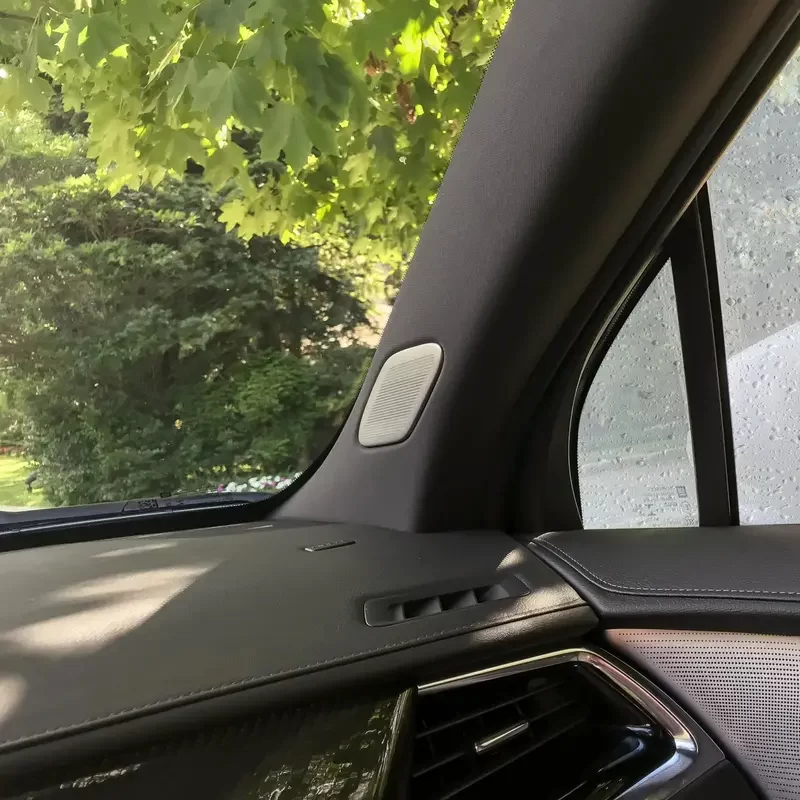
Preventing Future Window Damage
Regular Maintenance Checks
One effective way to reduce the risk of window damage is through regular maintenance checks and care. At every routine service appointment, ask mechanics to assess the windshield and windows for any signs of stress or existing chips. Early detection is key to preventing minor issues from becoming major problems.
Additionally, practice caution when driving on rough or debris-laden roads. Keeping a safe distance from construction areas or other hazards can help minimize the risk of flying debris that could cause damage. This proactive approach encourages a longer lifespan for your windows and windshield.
Utilizing Protective Products
Another option for protection is to apply window film or laminate to the exterior of your windows. These products can add an extra layer of protection from flying debris and UV rays. While this may involve an initial investment, the long-term benefits of prevention can outweigh the costs of potential repairs.
Some vehicle owners choose to use sunshades or UV covers when parked in direct sunlight. This not only protects the interior of your car but also minimizes the risk of temperature-related stress on the glass. By employing these protective strategies, you can preserve your windows and reduce the likelihood of future damage.
Understanding the costs and insurance coverage associated with car window repair can significantly ease the stress of unexpected damages. By being aware of types of damage, common costs, and the various coverage options available, you can make informed decisions. Whether you choose to tackle minor repairs yourself or seek professional assistance for more complex issues, your knowledge will empower you to navigate the process effectively.
Ultimately, prioritizing regular maintenance and addressing any window issues promptly will prolong the life of your car’s windows. Investing in preventative measures can save you time and money in the long run while ensuring that you enjoy a safe and comfortable driving experience. Use this guide as a reference in your journey to maintain your vehicle, providing you with the confidence to manage car window issues efficiently.
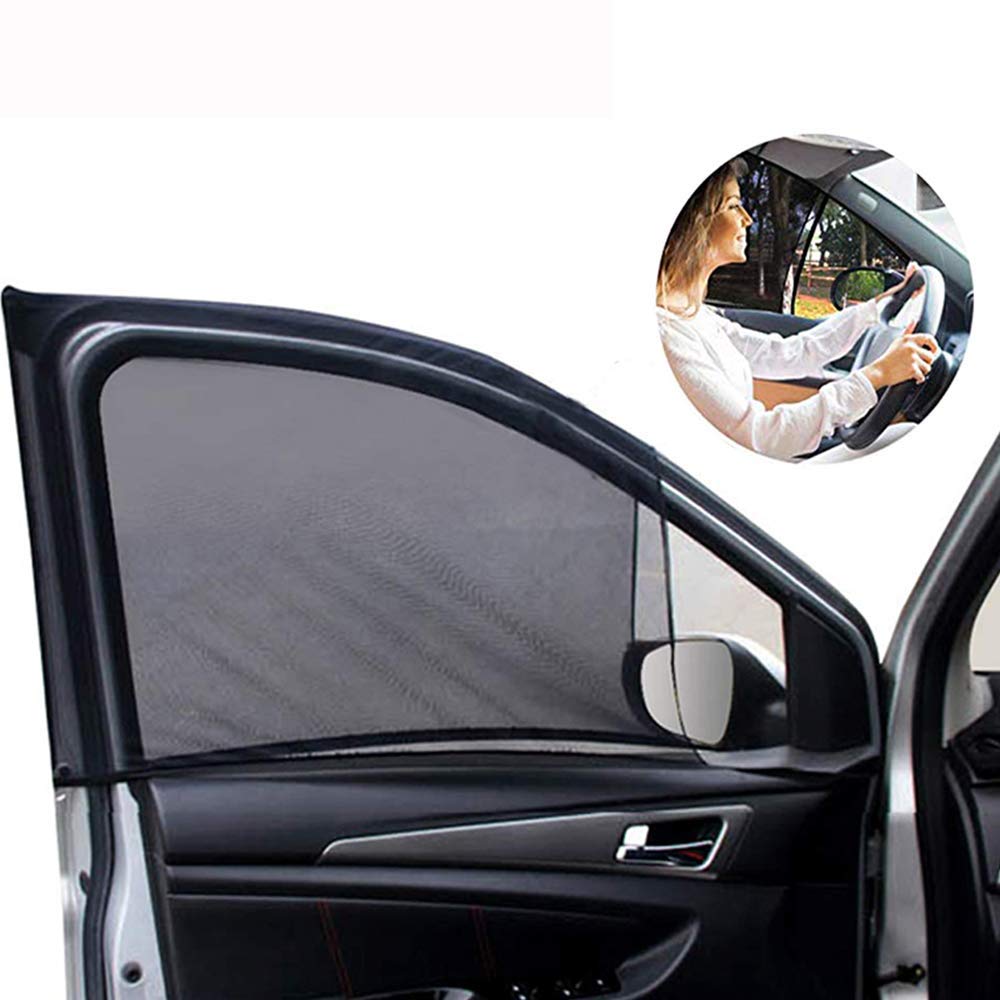
Leave a Reply